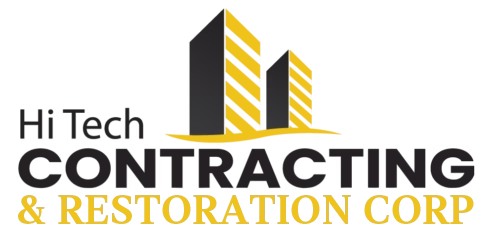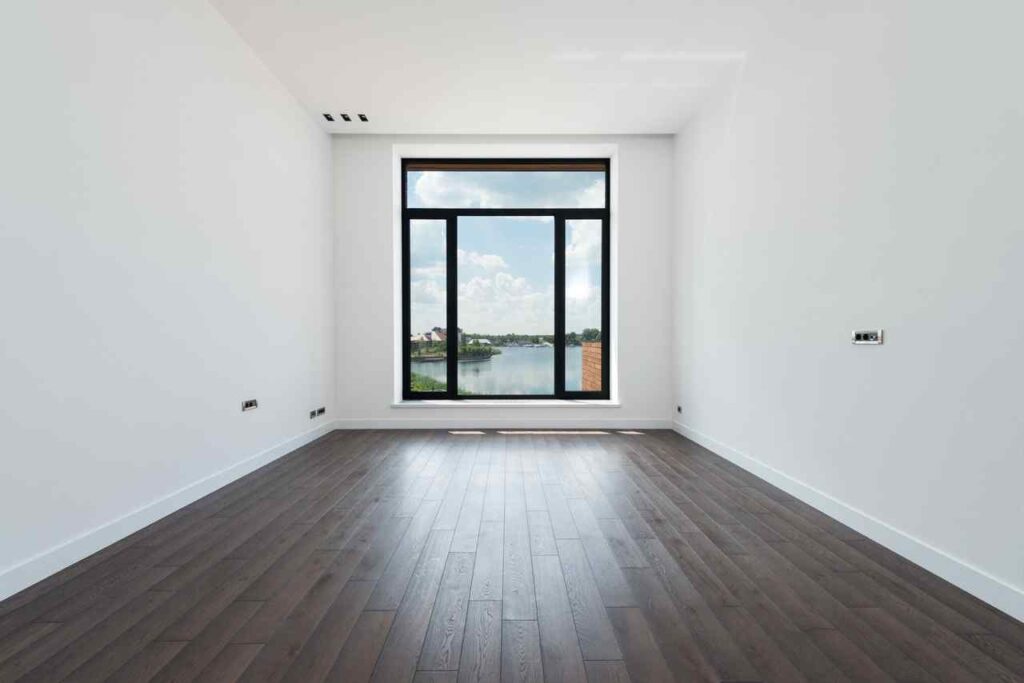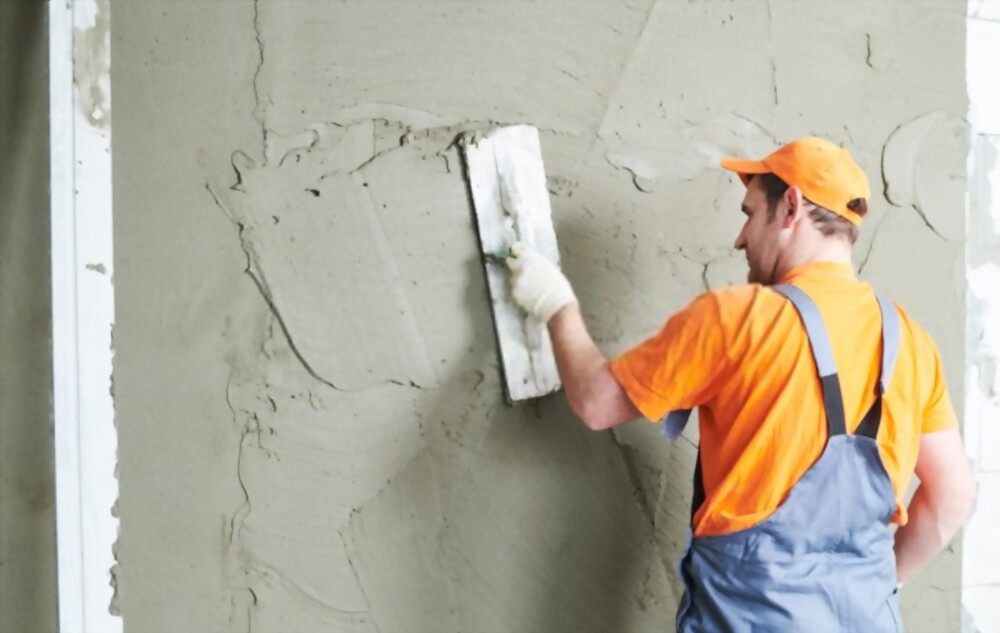A Comprehensive Guide to Flat Roof Inspections involves using essential tools like safety gear, inspection tools, and measurement instruments to thoroughly examine the roof’s condition. Proper documentation is crucial for recording findings. Regular inspections, DIY or professional, are vital for promptly identifying and addressing issues, and ensuring the roof’s integrity and longevity.
Flat Roof Inspections:
Flat roofs are a common feature in modern buildings, prized for their affordability and sleek design. However, regular inspection is crucial to detect and address issues early, ensuring the roof’s longevity and performance. In this guide, we’ll outline the essential steps for conducting thorough flat roof inspections.
1. Pre-Inspection Preparation:
Before beginning the Flat Roof Inspections, gather necessary equipment such as a ladder, safety gear, flashlight, and inspection checklist. Ensure that the weather conditions are suitable for inspection, with clear skies and dry conditions.
2. Exterior Examination:
Start by inspecting the exterior of the flat roof. Look for signs of damage such as cracks, blisters, or punctures. Check the condition of the roof membrane, flashing, and seams. Pay special attention to areas around roof penetrations like vents, chimneys, and skylights.
3. Drainage Assessment:
Evaluate the drainage system of the flat roof to ensure proper water flow. Look for signs of ponding water, which can indicate inadequate drainage. Clear debris from gutters, drains, and scuppers to prevent blockages and ensure efficient water runoff.
4. Roof Surface Inspection:
Walk the entire surface of the flat roof, inspecting for any irregularities or damage. Look for loose or missing roofing materials, protruding nails, and signs of wear and tear. Check for soft spots or areas of sagging, which may indicate underlying structural issues.
5. Interior Examination:
Inspect the interior of the building for signs of water stains, mold, or mildew on ceilings and walls. These may indicate a leak in the flat roof. Use a flashlight to examine attic spaces or crawl spaces for signs of moisture intrusion or insulation damage.
6. Documentation and Reporting:
Document your findings during the inspection, including photographs and detailed notes. Highlight areas of concern and prioritize repairs based on the severity of the damage. Create a comprehensive report outlining the condition of the flat roof and recommended maintenance or repairs.
7. Post-Inspection Maintenance:
Following the inspection, address any identified issues promptly to prevent further damage. Schedule regular maintenance tasks such as cleaning gutters, trimming overhanging branches, and sealing cracks or seams. Consider hiring a professional roofing contractor for complex repairs or maintenance tasks.
Conclusion:
Regular flat roof inspections is essential for maintaining the integrity and performance of the roof. By following these steps and conducting thorough inspections, you can identify issues early, prevent costly repairs, and ensure the longevity of your flat roof. Schedule inspections at least twice a year, preferably in the spring and fall, to catch any potential problems before they escalate.
Advantages:
- Early Issue Detection
- Prevention of Costly Repairs
- Enhanced Longevity of Roof
- Improved Performance
- Enhanced Property Value
Disadvantages:
- Time Consuming
- Requires Specialised Knowledge
- Potential for Oversight of Minor Issues
- Initial Investment in Equipment and Training
- Dependency on Weather Conditions
Contact Us
For more tips and professional Flat Roof Inspections services, contact us at Hi Tech Contracting & Restoration Corp today at 718-510-6000. Let our experts help you keep your home safe from water damage. Stay connected with us on social media for the latest updates and advice:
Follow us for more insights and special offers!




